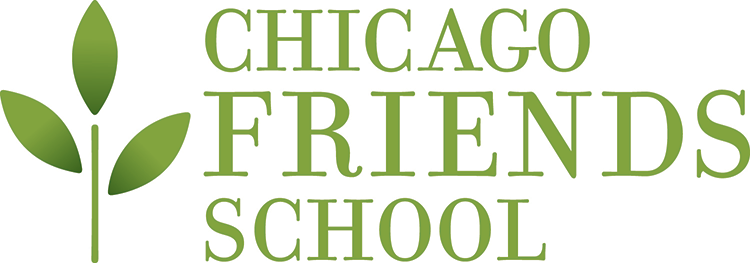The students use a history book called Reasoning with Democratic Values. It’s a valuable resource for our class because it engages issues in American history with an open mind regarding what the correct path should have been at different points in history. The legacy of many events in American history are settled. We’re comfortable in our perspective of whether they represent a progressive or a regressive path. Others are trickier, and we are practicing our skills in how to confront them. Middle school is a good time for this. They are beginning to see that perspective matters, that good and bad are not always simple and clear, and may mean different things to different people.
Students just reviewed a half dozen primary source documents trying to answer the question – How Free Were Free Blacks in the North before the Civil War? They weren’t enslaved. That means something. But did they enjoy enough other rights to be accurately described as free? We learned that their social freedom, religious freedom, political freedom, and freedom to receive an education and direct the path of their own lives, all need interpretation independently. We learned that a blanket declaration of how free they were wouldn’t work, but if we defined our terms correctly and presented a clear argument, we could reach a conclusion.
This was a writing exercise in addition to an analytical one. Construction of a thesis, good categorization of argument that leading to structure, solid presentation of evidence – these are all elements of our process and they are important in my goals for the students. We will continue to practice, this — both the writing and the understanding that the world is nuanced.


Alex Randhava
Alex Randhava taught middle school at Chicago Friends School from 2017 to 2019.